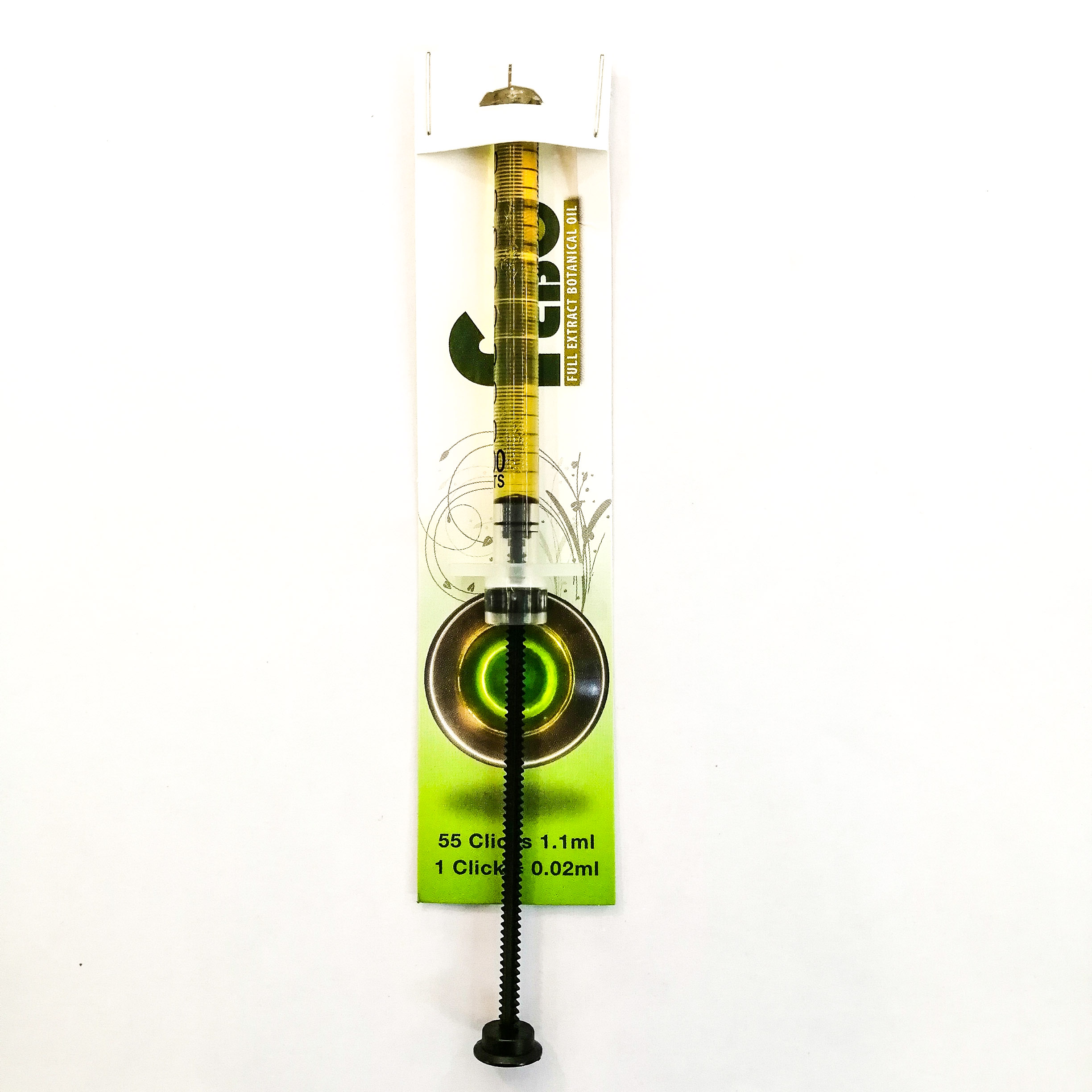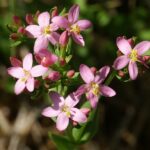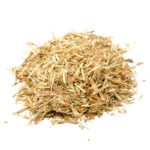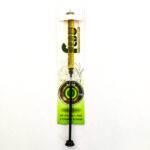Barberry Bark | Berberis Vulgaris
Barberry Bark has medicinal uses and has been used for more than 2500 years in Asia and the Mediterranean for a variety of ailments. The fruit, bark, and roots of the barberry plant are used to make herbal medicines.
In Italy and parts of Europe, Barberry is called also Holy Thorn, because it is supposed to have formed part of the crown of thorns made for our Savior. Its bitter taste also gave the plant the name wood sour. During the medieval period this shrub could be seen growing near churches and monasteries. However farmers from the mid-17th century came to blame the plant for “blighting” wheat and it was banished to the hedgerows, becoming increasingly scarce. The “blight” was explained in 1865 by the fact that barberry is actually an intermediate host plant for black rust, a disease of wheat.
Benefits:
- Supports cardiovascular neural system
- Urinary Tract Treatment, Treat Anemia
- Treats Skin Disorders
- Improves Digestion
- Improves Flow of Blood
- Lowers Blood Pressure
- Balance menstrual problems
- Stimulates the WBC Production
- Eye Health,Controls Cholesterol levels
- Treat Gastrointestinal Infections
- Detoxifies Blood
- Controls Blood Sugar
- Treats Diarrhea
- Eases Up Inflammation and Infections
Common Names:
European Barberry, Agracejo, Barberry, Berberidis Cortex, Berberidis Fructus, Berberidis Radicis Cortex, Berberidis Radix, Berbéris Commun, Berberis jacquinii, Berberis sanguinea, Berberitze, Berberry, Berbis, Common Barberry, Épine-Vinette, Espino Cambrón, Jaundice Berry, Mountain Grape, Oregon grape, Pipperidge, Piprage, Sauerdorn, Sow Berry and Vinettier.
PLEASE CONSULT YOUR MEDICAL PROFESSIONAL FOR CONTRA INDICATION WITH YOUR MEDS





Reviews